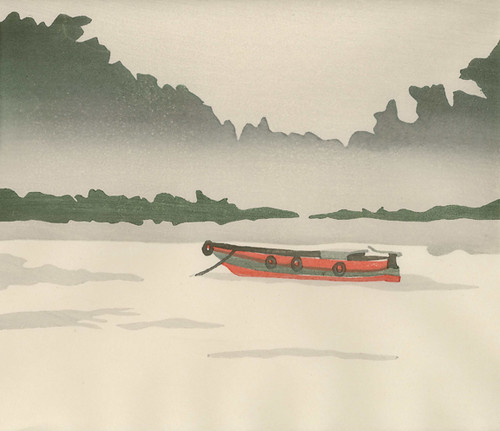

not an impossible task, I think, we could get it sliced in this pattern pretty easily (sorry, this quick sketch isn't scaled very well, but you get the idea. I don't need a 'log', but if I can find a chunk of good-looking yamazakura of somewhere around 20 cm x 20 cm, and about 25 cm long (or longer). Our current subscription prints need only 15 cm in width, Jed's Ukiyoe Heroes prints need boards of about 18 cm, and our HangaClub editions use wood just under 12cm wide. We don't need the wide boards that are required when making typical ukiyo-e prints. So do I have to try and find an entire cherry log, then saw it up in the old way? There is absolutely no way that I can invest the many thousands of dollars that would be required to do such a thing - even if we could find such a log on the market.īut we are lucky in one respect that most of the work we are doing here at Mokuhankan these days is of a fairly small scale. We deal with the warping by cutting them fairly thick to begin with, then dressing them down to requirements after they have dried and stabilised. What we need are the wide areas of smooth clear wood that result from flat-sawn boards. They want wood that has been quarter sawn - like this (image borrowed from an Australian lumber dealer here): These boards tend to warp a lot (immediately after being 'released from the log), and their customers - furniture makers for the most part - want straight grain, which is more stable and more decorative. These days, of course, no lumber dealer in their right mind would cut a log this way. This cutting pattern gives the maximum amount of wood with a 'flat' grain. It shows the proper way of cutting slabs for making ukiyo-e prints from a large cherry log: Anyway, back to square one.īefore I move on, to talk about what we are going to try next, let me show you an image I have copied from a book on traditional printmaking techniques published in about 1929.

Whether that dealer knew it wasn't yamazakura - and took me for a ride - or whether he too didn't understand, I'll never know.
ZINC USE IN MOKU HANGA SERIES
The pores in this sub-species were so large and fat that each of the planed pieces had a palpable series of grooves on the dressed surface, and these grooves showed in our test printing.Ĥ00,000 yen. It was clearly cherry, but the grain patterns were a bit different, now that they were visible. He returned them to us a few days later, "I don't know where you got this stuff, but you do know that it isn't yamazakura, right?" We chopped it up into manageable pieces, and sent them out to a carpenter who had good skill with a plane, who could dress them for us. There was no 'panic' to start using it, because by then Matsumura-san had jumped into the wood business, and we began to use his products.īut as I wrote in the previous post, the quality of his products over the years really began to decay steeply, and sometime around 2014, one of the batches of wood we received was so bad that we decided to go ahead and use one of these planks, now very nicely aged indeed. We trucked it out to my home in Hamura (moving it to Ome later), and there it sat, being occasionally turned and re-stacked. I paid him 400,000 yen (around $3500) for the plank at the bottom of the pile (the widest one), and he ran it around to a local re-saw shop and had it sliced into 4 planks. He said it was yamazakura, and that it had been there for 'at least a couple of years'. I was looking for some yamazakura, and I came across this pile of wood in one of the wholesaler's warehouses (it's hard to get the scale of this photo these things are big - about 4 meters long. In the previous post, I wrote about making a trip to the lumber markets back in 1999 after Shimano-san passed away. The problem is that with so little demand for the blocks for traditional woodblock printmaking, the supply chain has disappeared. It's not that all the 'good' trees are gone there are plenty of them up in the mountains, living out their normal life-span, and falling over when they get to the end of life. In our case - the yamazakura - it's exactly the other way around. Somebody who wants to utilize that resource simply has no choice they have to find an alternative. These days, it's very common to hear of some resource that has been 'fished out' (whether fish, or whatever. it must be planed and dressed to an absolutely smooth mirror finish.it must be very carefully and properly dried.the way that the raw material is cut from the log is very important to the results.

some wood is of a suitable density and grain, some is not. it must be yamazakura simply no other species gives the same effect when printing (more about this below).


 0 kommentar(er)
0 kommentar(er)
